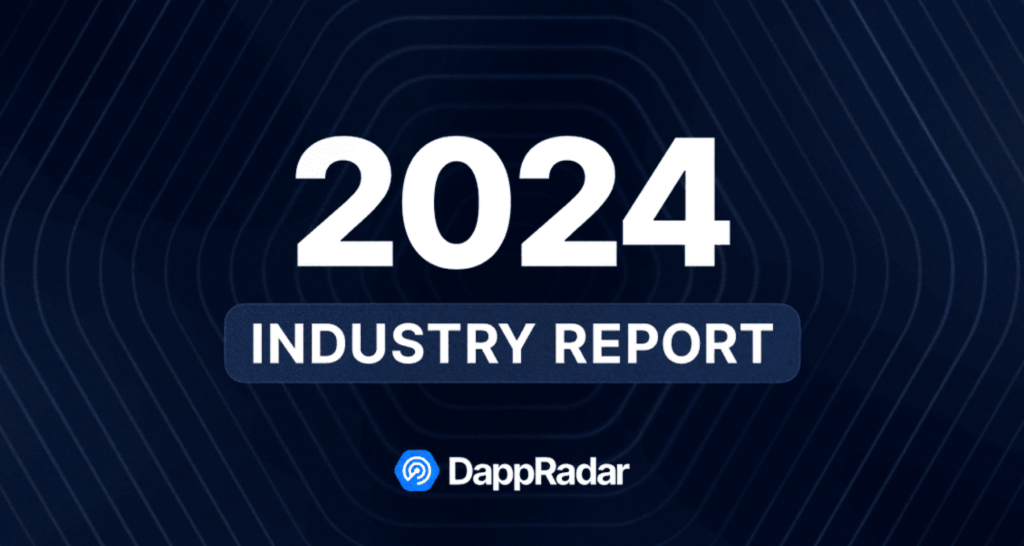Binance’s New Web3 Wallet: Key Details

Binance has introduced its new Web3 wallet, offering compatibility with thirty different blockchains and a range of standard features (trading, staking, and NFTs). The company’s objective is to compete with well-established applications like MetaMask and Trust Wallet, although the latter is already part of the exchange’s portfolio.
On this page
Binance has introduced its new Web3 wallet, offering compatibility with
thirty different blockchains and a range of standard features (trading,
staking, and NFTs). The company's objective is to compete with
well-established applications like MetaMask and Trust Wallet, although
the latter is already part of the exchange’s portfolio.
Despite
its potential, the wallet comes with a set of limitations. As per the
licensing agreement, a user's crypto wallet address is directly tied to
their verified Binance account and uses multi-party computation (MPC)
technology: the private key is divided into three parts, with two
segments allocated to the user and one held by the exchange.
Consequently, users do not have complete control over their private key.
This structure allows Binance to halt transactions in specific
circumstances, as clearly outlined:
“In
exceptional circumstances and where there’s legitimate reason
(determined by Binance acting reasonably) Binance may refuse to co-sign
the transaction or activity you initiated.”
In
essence, this positions the wallet as another regulated custodial
storage solution, despite its apparent decentralization facade.
The content on The Coinomist is for informational purposes only and should not be interpreted as financial advice. While we strive to provide accurate and up-to-date information, we do not guarantee the accuracy, completeness, or reliability of any content. Neither we accept liability for any errors or omissions in the information provided or for any financial losses incurred as a result of relying on this information. Actions based on this content are at your own risk. Always do your own research and consult a professional. See our Terms, Privacy Policy, and Disclaimers for more details.


























